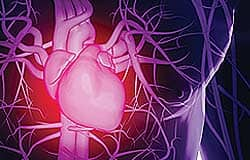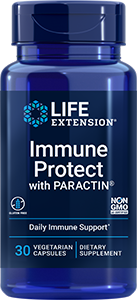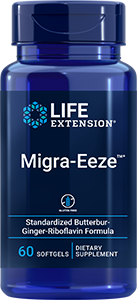| The results of a study published online on September 14, 2009 in Circulation: Journal of the American Heart Association, reveal a disturbingly low percentage of Americans who meet the standard criteria for being at low risk of cardiovascular disease. The finding indicates a reversal in a downward trend in risk that occurred over previous decades and, according to an accompanying editorial, provides a signal that American health is at a crossroad. Researchers at the U.S. Centers for Disease Control evaluated data from four National Health and Nutrition Examination Surveys (NHANES) of adult Americans aged 25 to 74 conducted between 1971-1975, 1976-1980, 1988-1994 and 1999 to 2004. Factors that conferred a low risk of cardiovascular disease included not smoking, having a total cholesterol level of less than 200 milligrams per deciliter without using cholesterol reducing drugs, blood pressure lower than 120/80 mmHg in the absence of antihypertensive medication use, having a body mass index of less than 25 kg/m2, and never having been diagnosed with diabetes. Among the findings was that only one in twelve American adults had a low cardiovascular disease risk profile from 1994 to 2004, down from over one in ten from 1988 to 1994, a trend that the researchers attribute to an increasing number of overweight and obese men and women. “From a preventive health point of view, it’s important that individuals achieve as many of these goals as possible, and it’s disappointing that less than 10 percent of Americans are meeting them all,” stated lead author Earl S. Ford, MD, MPH, who is a medical officer of the CDC's U.S. Public Health Services in Atlanta. “Our analysis suggests that achieving low risk status for most U.S. adults remains a distant and challenging goal. Unfortunately, the limited strides that were made towards this goal during the 1970s and 1980s were eroded by the increases in excess weight, diabetes and hypertension during more recent decades.” “Until the early 90s, we were moving in a positive direction, but then it took a turn and we’re headed in a negative direction,” Dr Ford remarked. “When you look at the individual factors, tobacco use is still headed in the right direction and so are cholesterol levels, although that has leveled off. The problem is that blood pressure, BMI and diabetes are all headed in the wrong direction.” According to Dr Ford and colleagues, the trend toward obesity is mainly a result of an increase in calorie intake that has not been balanced by greater physical activity. “Addressing this imbalance, by people becoming more active and eating less, would reduce overweight and obesity which in turn would help to lower blood pressure and prevent diabetes,” Dr Ford noted. “Much potential exists to reverse ominous trends in cardiovascular risk factors and mortality in the United States," write Rob M. van Dam, PhD and Walter C. Willett, MD, PhD of Harvard Medical School and Brigham and Women’s Hospital in their accompanying editorial, "But this is unlikely to occur without making prevention of overweight and obesity a clear national priority.” |
















